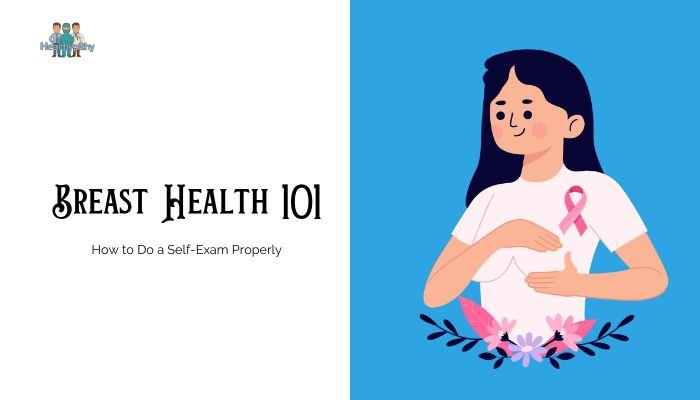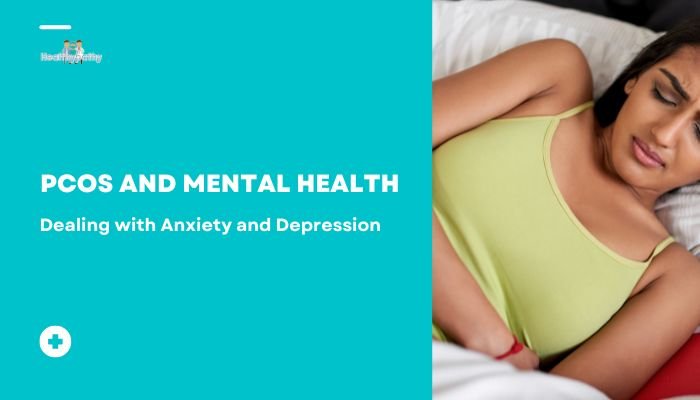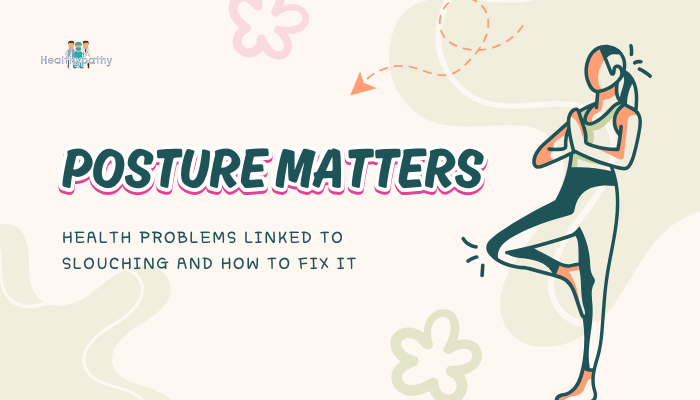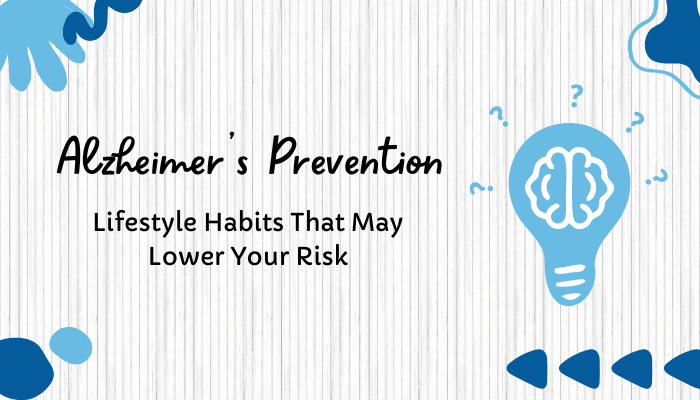Introduction
A breast self-exam (BSE) is an at-home check of your breasts and underarm area to look for lumps, texture changes, or other irregularities. While professional screenings—like mammograms—remain vital for early cancer detection, understanding your breasts’ usual look and feel can help you notice unusual changes quickly. By performing regular self-exams and pairing them with recommended medical screenings, you can be more proactive about your breast health. This guide covers when, how, and why to do a breast self-exam properly.
Why Self-Exams Matter
Breast self-exams aren’t a replacement for clinical screenings or mammograms, but they serve as a supplementary tool:
- Heightened Body Awareness: Familiarity with your breasts helps you detect suspicious lumps or changes.
- Early Detection: Even subtle differences can prompt timely evaluation, which can lead to more effective treatment if something is wrong.
- Empowerment: Taking an active role in your own breast health fosters confidence and ensures you stay engaged with recommended checkups.
Despite evolving guidelines that emphasize mammograms as the gold standard, self-exams remain an optional, yet beneficial, practice for many women.
Timing Your Breast Self-Exam
Ideal Frequency
Some experts suggest monthly self-exams, while others place more emphasis on overall breast awareness. If you choose to do them regularly:
- Monthly Timing: If you menstruate, the best time is about 3–5 days after your period ends, when your breasts are least tender or swollen.
- Consistent Day: For those who don’t menstruate (postmenopausal or with irregular cycles), pick a consistent date each month—like the first or last day.
Postmenopausal or Irregular Cycles
If you don’t have a monthly period, schedule your exam on a particular day of the month. Consistency ensures you note cyclical differences more accurately.
Step-by-Step Guide to a Breast Self-Exam
Visual Inspection
Begin by standing or sitting topless in front of a mirror with your arms relaxed at your sides. Look for:
- Changes in Contour: A breast appearing flatter or more bulging than usual.
- Skin Alterations: Dimpling, redness, or scaling.
- Nipple Changes: Inversion (pulled inward), discharge, or sudden asymmetry.
Next, raise your arms overhead and observe how your breasts move. Watch for any retraction or puckering of the skin.
Shower or Soapy Palpation
Breasts can be easier to examine when the skin is slick, such as in the shower:
- Use Pads of Fingers: Keep your fingers flat and together; avoid poking with fingertips.
- Circular Motion: Pick a pattern (circular, vertical lines, or wedge) to systematically cover all breast tissue—up to the collarbone, across to the sternum, and into the underarm region.
- Vary Pressure: Use light pressure just under the skin’s surface, then moderate, and finally firm to assess deeper tissue.
Lying Down Examination
Lying flat on your back causes the breast tissue to spread evenly, making lumps easier to feel:
- Place a Pillow Under One Shoulder: This helps flatten the breast area.
- Arm Above Head: On the side you’re examining, extend your arm so the chest wall is more exposed.
- Methodical Coverage: Repeat the same circular or vertical pattern used in the shower. Don’t skip the outer edges near the underarm or the upper chest area.
What Feels Normal, What Doesn’t
Recognizing Breast Texture
Normal breast tissue can be firm, soft, or lumpy in certain spots, and it can change throughout the menstrual cycle. Over time, you’ll learn your unique baseline texture.
Potential Red Flags
- New or Persistent Lump: Hard, irregular lumps that don’t move freely.
- Thickened Tissue: An area feeling denser or thicker than before.
- Nipple Discharge: Especially clear, bloody, or milky fluid when not breastfeeding.
- Unusual Pain: Ongoing, localized pain not tied to your menstrual cycle.
If you notice any of these signs, or anything else that concerns you, contact a healthcare professional for evaluation.
Addressing Common Myths and Fears
- Myth: “If I find a lump, it must be cancer.”
Reality: Most lumps turn out benign (e.g., cysts or fibroadenomas). Only a medical exam can provide clarity. - Myth: “Self-exams are too complicated.”
Reality: Basic body awareness can suffice. You don’t need advanced techniques to sense significant changes. - Myth: “Self-exams are a replacement for mammograms.”
Reality: Mammograms, clinical exams, and self-awareness together provide the best detection approach.
Incorporating Self-Exams into Your Routine
Keep It Simple
Even quick monthly checks can help you stay aware of your baseline. If you have limited time, a quick visual inspection and a thorough palpation while showering can be enough.
Use Reminders
Set phone alerts or mark a calendar to maintain consistency, especially if you’re scheduling around your menstrual cycle. Over time, you’ll become more confident identifying normal lumps and bumps versus unusual changes.
Next Steps and Medical Evaluation
Don’t Delay in Seeking Care
If you find a suspicious lump or an area that feels different:
- Contact Your Doctor Promptly: They may recommend imaging (mammogram, ultrasound) or a biopsy if necessary.
- Stay Calm: Most lumps aren’t cancerous, but timely diagnosis is vital to rule out serious conditions or start treatment if needed.
Continue Regular Screenings
For women over 40 (or earlier with risk factors), mammograms remain a cornerstone of early detection. Combining self-awareness with professional imaging fosters optimal vigilance against breast cancer.
Conclusion
A breast self-exam is a simple, quick method to complement regular mammograms and clinical checkups. By performing monthly checks, you can familiarize yourself with your normal breast texture and structure, spotting early warning signs if they arise. Remember: Changes aren’t always cancer, but if you notice something that doesn’t feel right, consulting a healthcare professional ensures you get the appropriate guidance and care. With a few minutes of attention each month, you can empower your breast health and catch potential problems sooner rather than later.
References
- American College of Obstetricians and Gynecologists (ACOG). Breast self-awareness and screening guidelines. 2021.
- https://www.cancer.org
- National Cancer Institute (NCI). Understanding breast changes: a health guide for women. 2022.
- U.S. Preventive Services Task Force (USPSTF). Breast Cancer: Screening. 2019.
- National Comprehensive Cancer Network (NCCN). Breast cancer screening and diagnosis guidelines. 2023.






